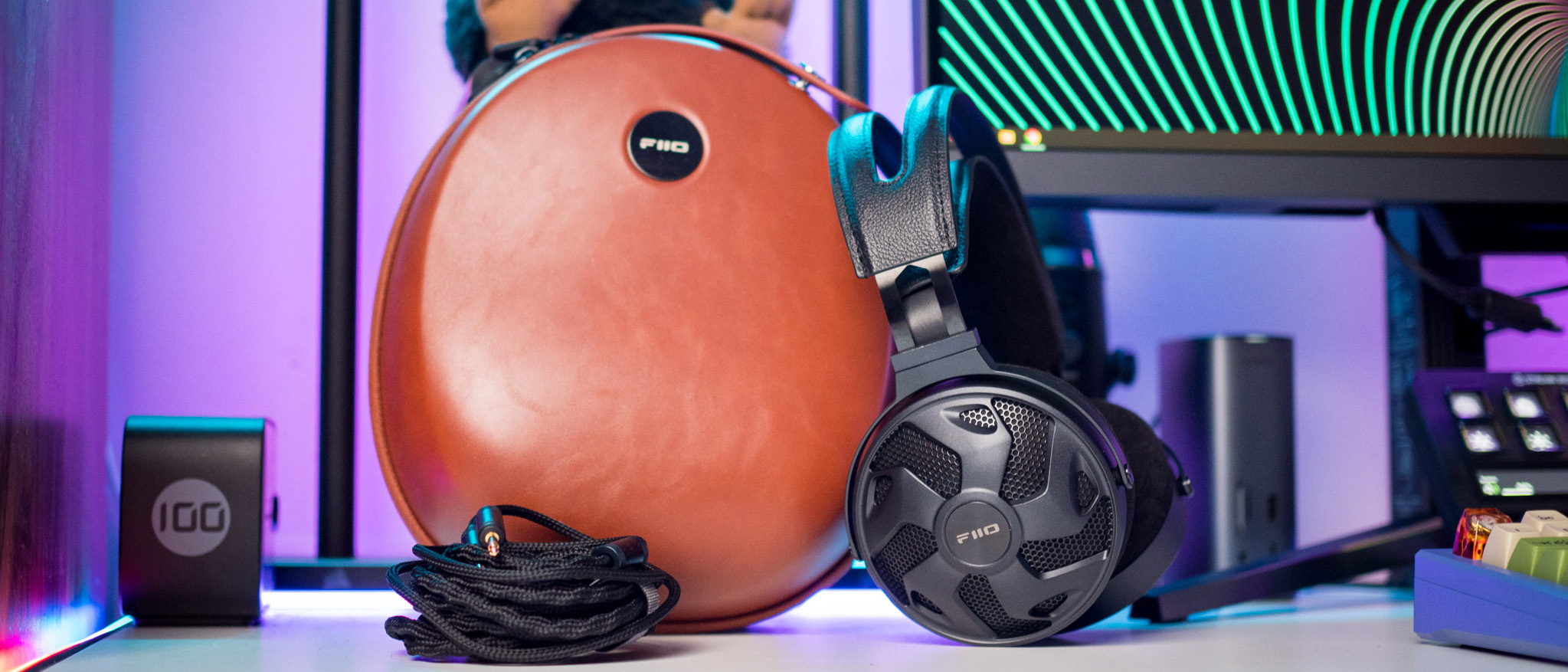Android Central Verdict
With the FT3, Fiio is making a bold statement in the headphone category. The aggressive styling combined with the all-aluminum construction make the headset stand out, and you get a high-quality cable with interchangeable connectors. The design may not convey elegance, but you're buying the FT3 for the sound quality — these are among the best-sounding headphones you'll find in the $300 segment. With an excellent low-end that offers plenty of rumble and character, detailed mids, and good treble extension, the FT3 sounds fantastic across a wide variety of genres, and the imaging is one of the best in the category. For what you're ultimately paying here, you are getting a fabulous deal.
Pros
- +
Unmatched imaging and soundstage
- +
Excellent bass and treble
- +
All-aluminum design that's built to last
- +
Comfortable for all-day use
- +
High-quality cable with interchangeable connectors
- +
Gorgeous carrying case
- +
Standout value
Cons
- -
Design won't be to everyone's tastes
- -
Cable isn't designed for portability
Why you can trust Android Central
Recent months have seen Chinese audio makers that traditionally focus on IEMs — like Moondrop and Thieaudio — introduce over-ear headphones, and they've had varying levels of success at doing so. Moondrop's first effort was the Void, and it failed to hit the mark. Thankfully, the brand redeemed itself with the $599 Venus, offering an exquisite design and large planar drivers with a fabulous soundstage. Similarly, Thieaudio's Wraith didn't quite get the tuning right, so the brand pivoted to the budget segment with the $129 Ghost.
Fiio is now the latest brand vying to make its mark in this category with the introduction of its first over-ear headphones, the FT3. Fiio churns out more products than Moondrop and Thieaudio combined, and the launch of the FT3 was highly anticipated. The headphones were set to debut at the end of last year, but the launch was pushed to early 2023, and they're now available for purchase in most global markets for $299.
That price point already makes the FT3 very enticing, so let's find out if Fiio managed to nail the formula on the first try and whether the FT3 can go up against the likes of the Sennheiser HD6XX.
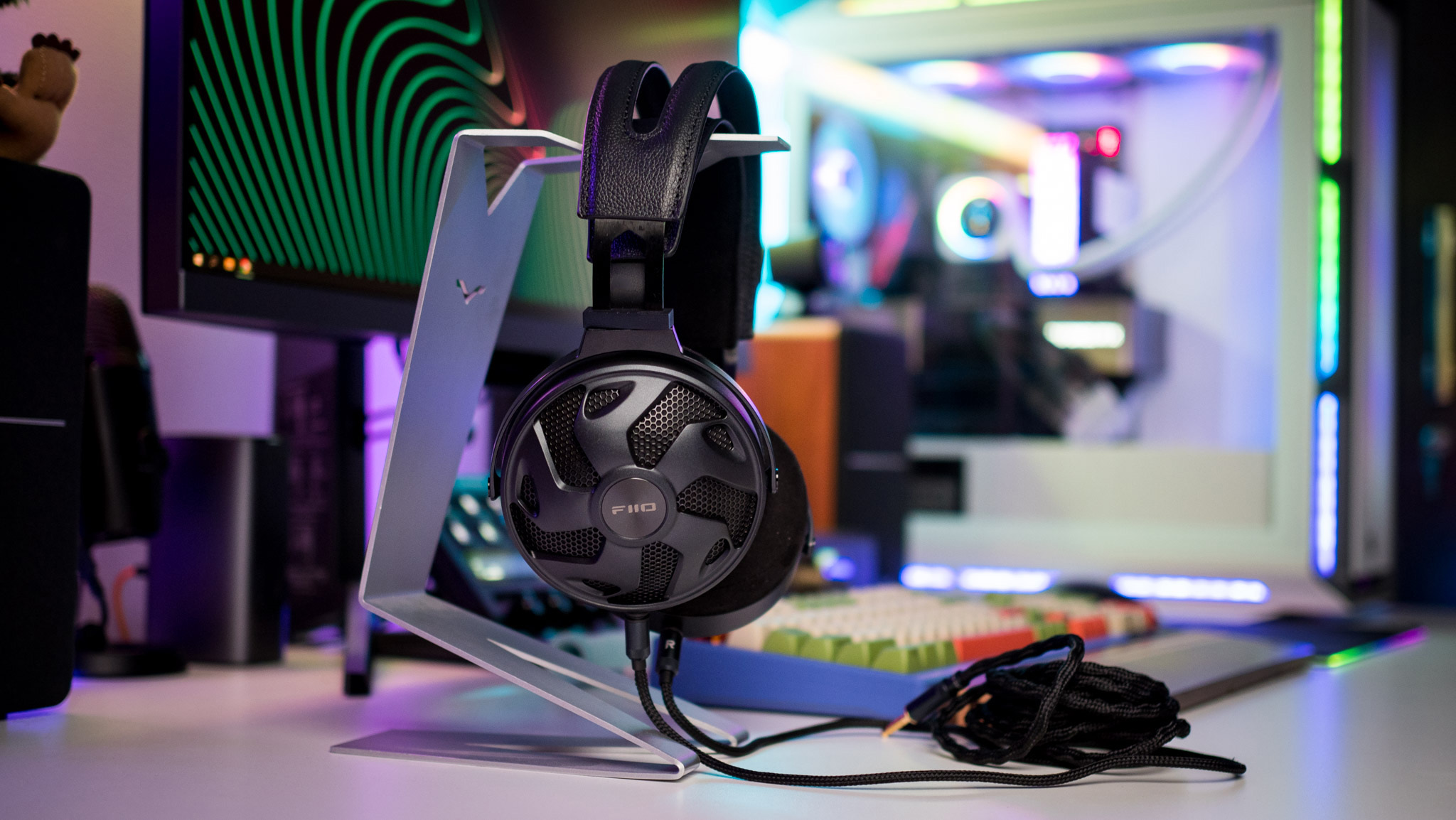
As always, let's start with the design. Fiio has a unique design aesthetic that favors a bold styling with sharp lines, and this language is seen throughout its portfolio, including DACs like the Q7 and K9 Pro. As such, it's no wonder that the FT3 feature an aggressive design, and the look may not be to everyone's tastes.
To Fiio's credit, the brand didn't skimp out on materials, and the FT3 features an all-aluminum chassis with excellent build quality. The outside of the ear cups feature a spoke-like design with the Fiio logo in the middle, and while it doesn't exactly scream premium, it is a unique look, and it fits with the rest of Fiio's product line.
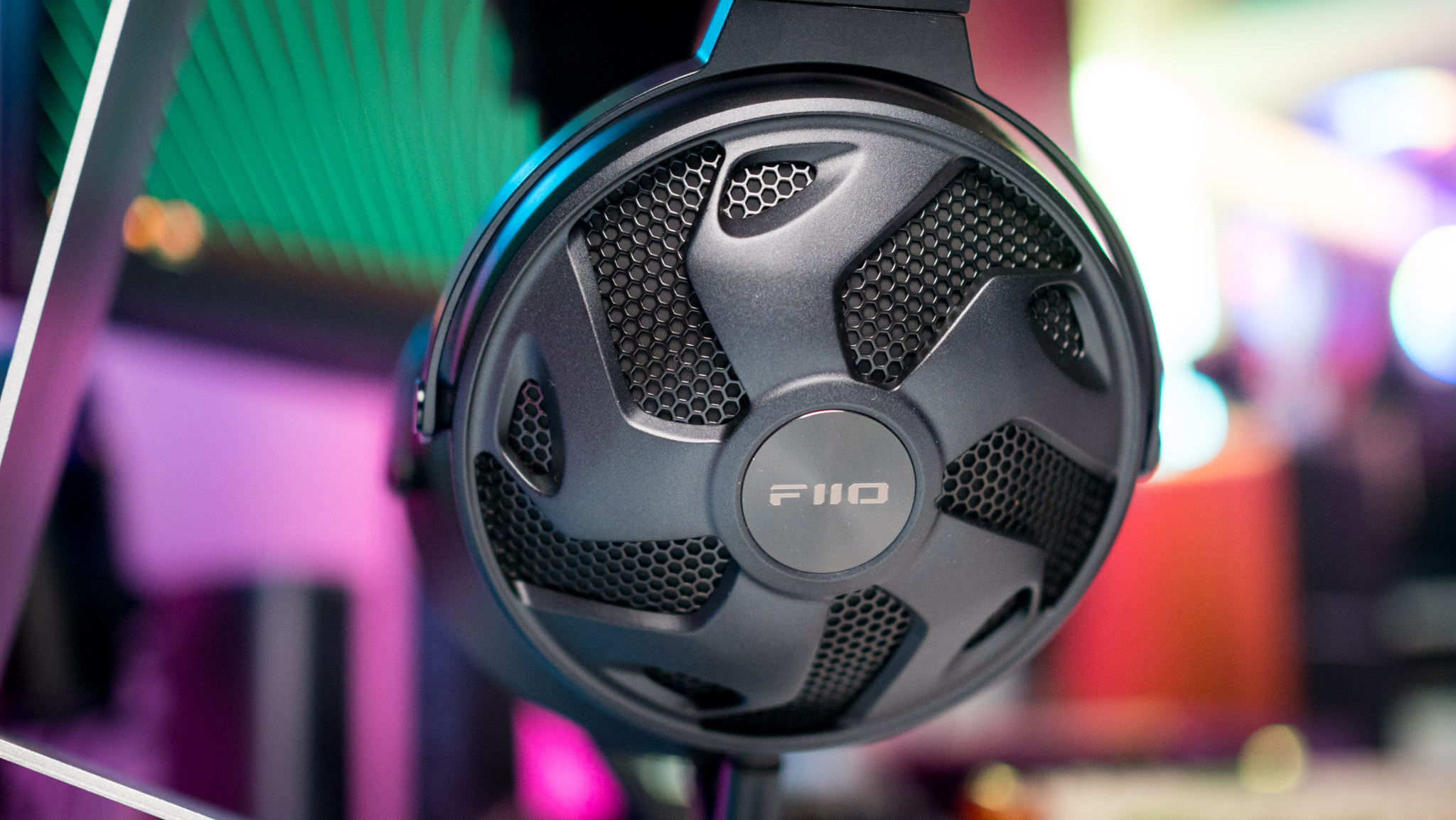
Design choices aside, there's a lot to like with the FT3. The open-back nature of the headset means there's plenty of airflow, and Fiio went with a self-adjusting suspension-style headband that's comfortable to wear. The headband and the suspension system is made out of leather, and the latter has adequate padding. The FT comes in at 391g, and while it is on the heavier side, it isn't as bulky as the Venus or Wraith, and the design ensures the weight is evenly distributed over your head.
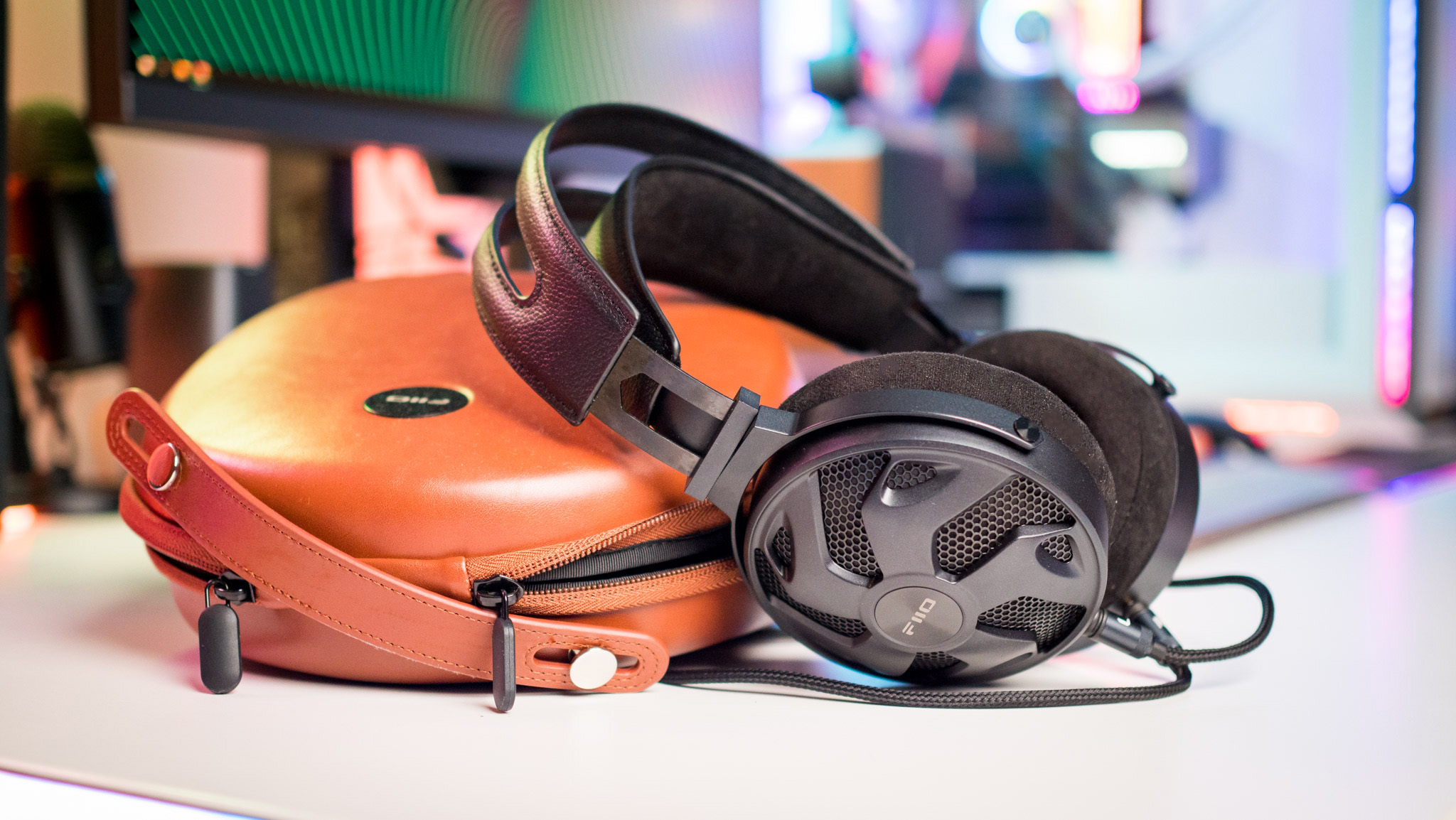
I used the FT3 for just under three weeks now, and coming from the Venus, they're significantly easier to wear. For one thing, they don't have a strong clamping force, so they don't exert too much pressure on your ears, and that's a good thing. You get decent swivel for the ear cups as well, ensuring you get a good fit. On that note, Fiio bundles suede and leather ear cushions with the FT3, and I prefer the former as they're a little more comfortable during extended listening sessions.
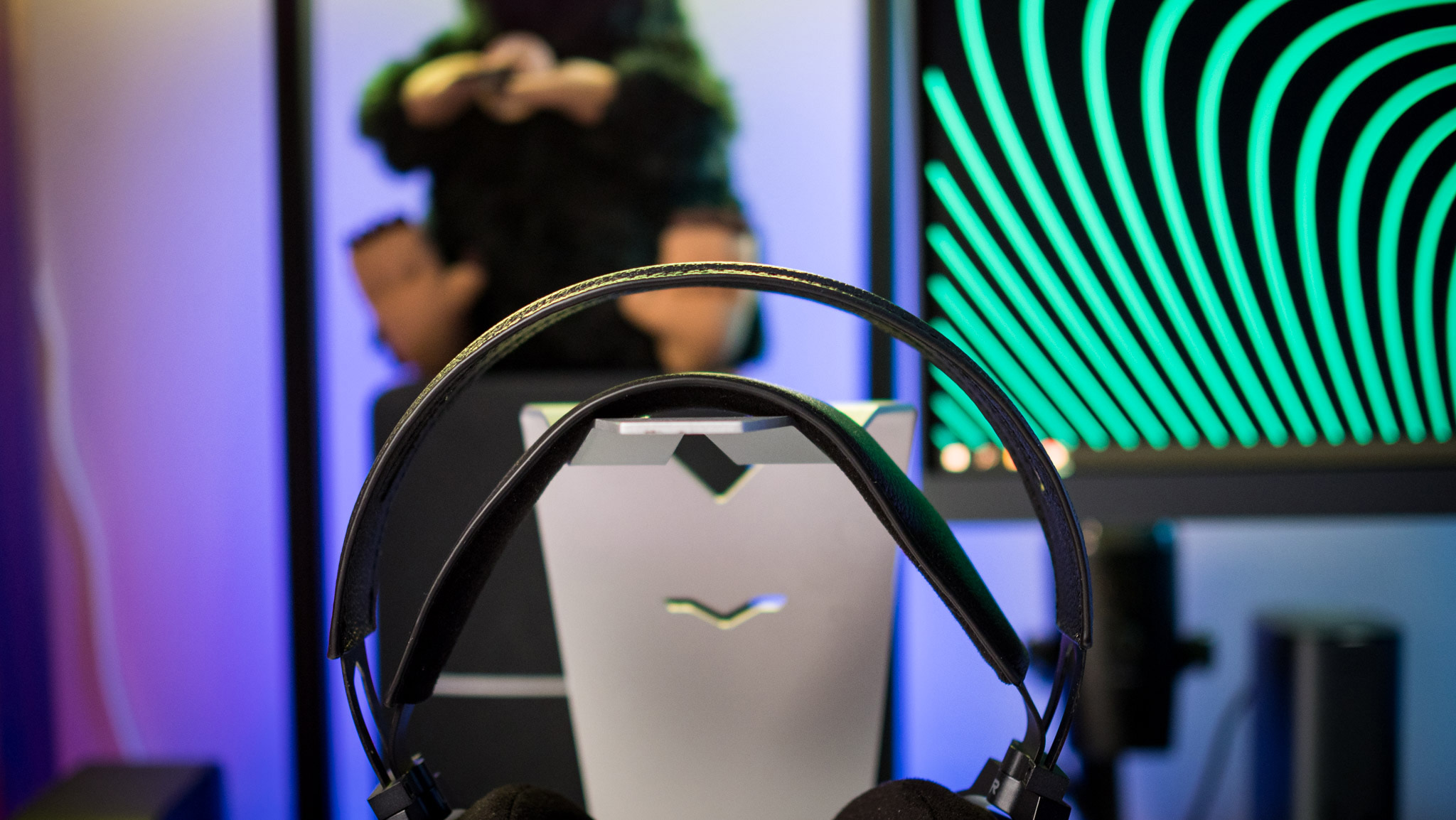
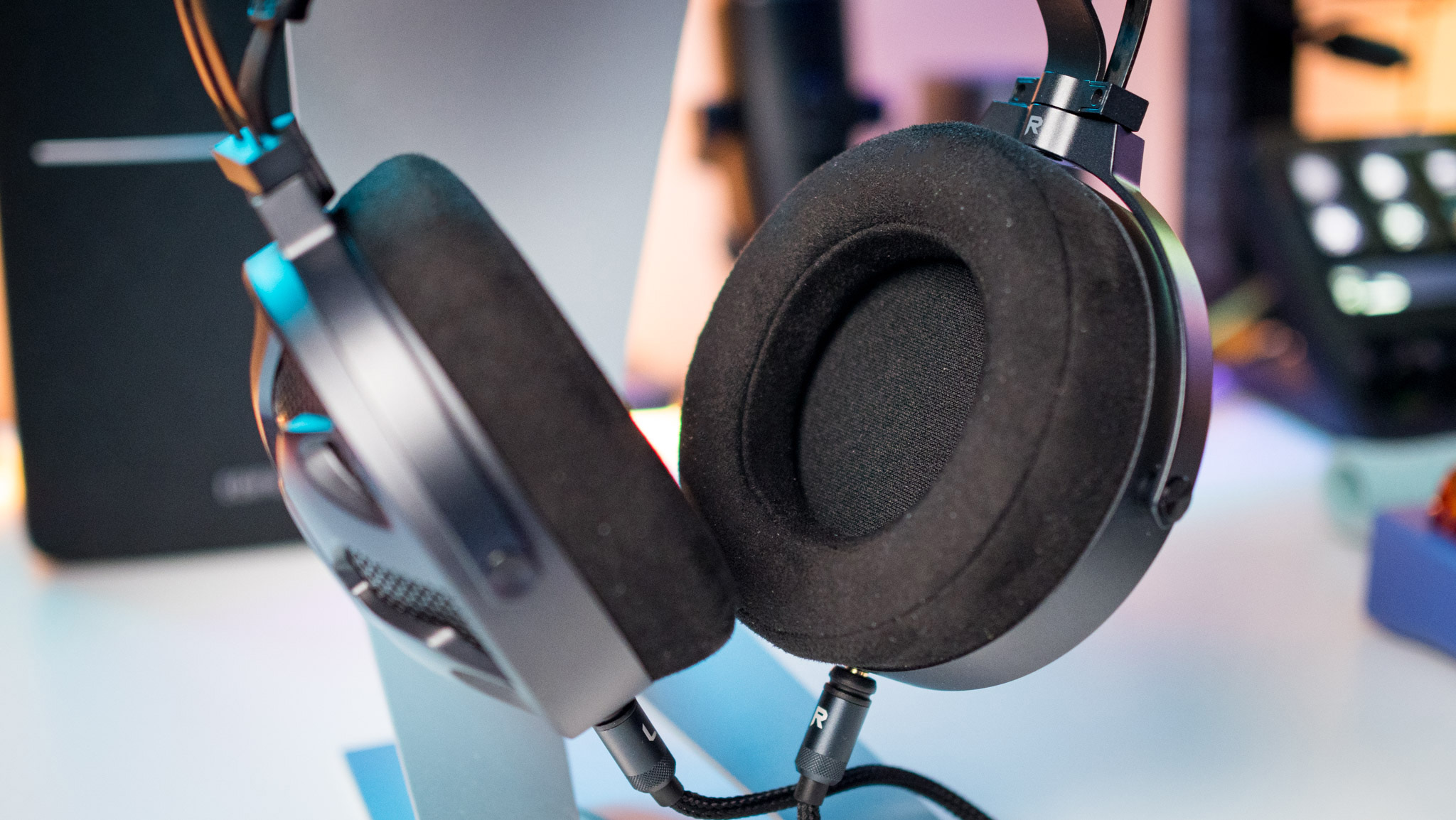
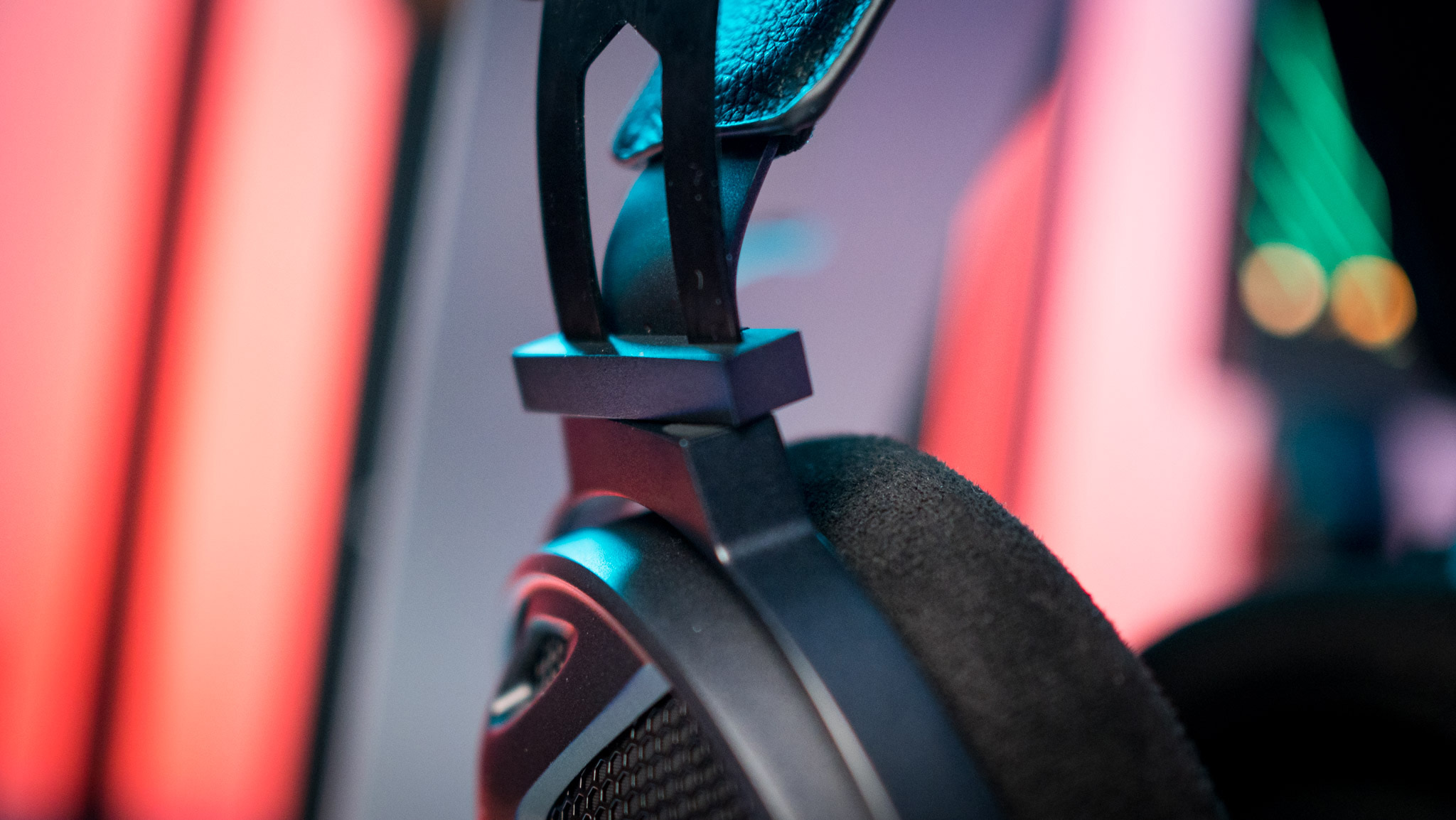
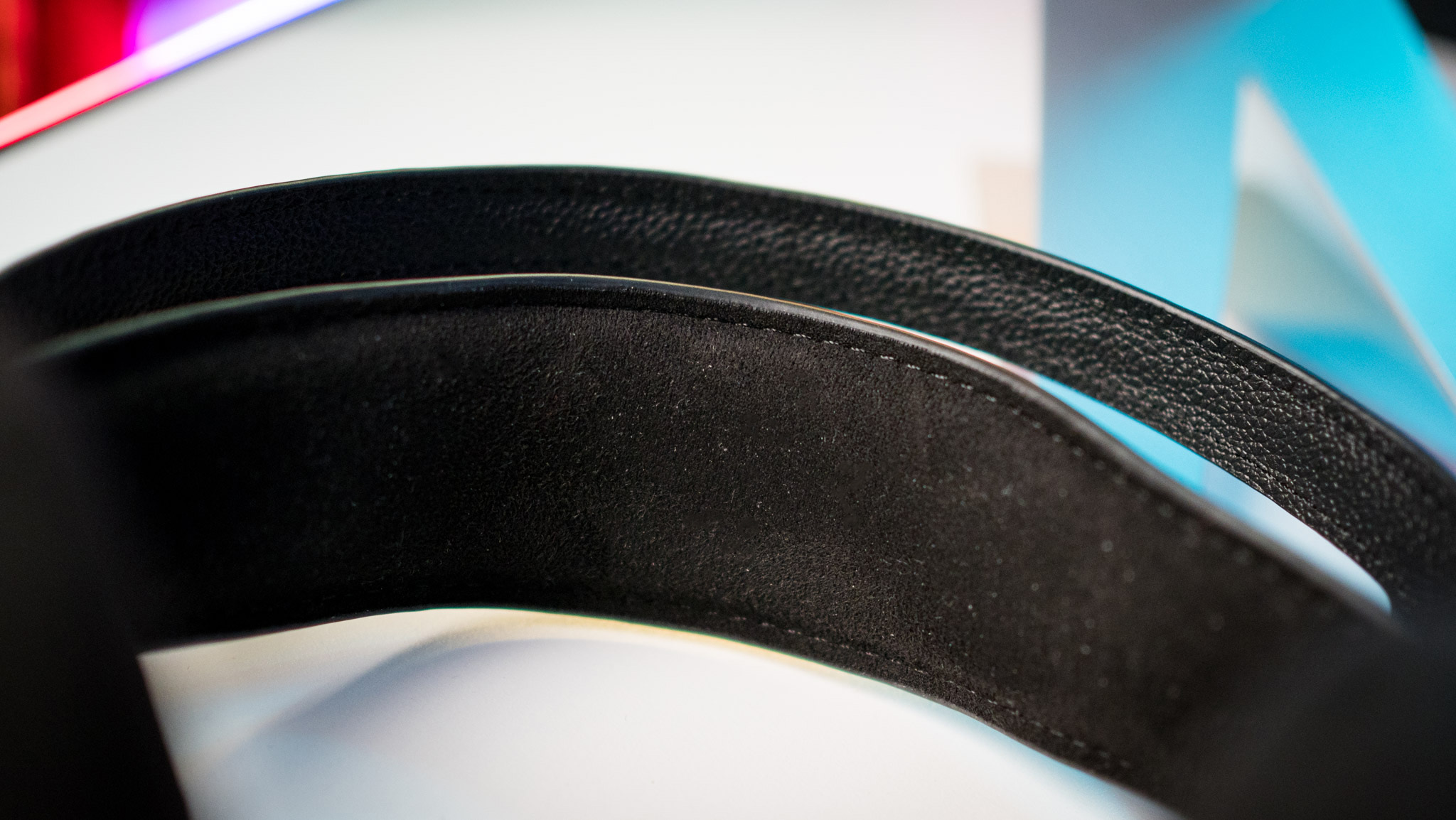
While I don't usually talk about accessories, I have to mention the case that Fiio bundles in the package. The FT3 comes with a hard carry case made out of faux leather, and it is gorgeous. The case is ideal for carrying the FT3 on the go, and the inside is molded to hold the headset and the bundled cable. As for the cable itself, it uses Furukawa's monocrystalline copper conductor and has a paracord design that's durable. The 3m cable is significantly longer than the standard 1.2 meter options that you'll find in this category, and personally, I'm glad Fiio went with a large cable here.
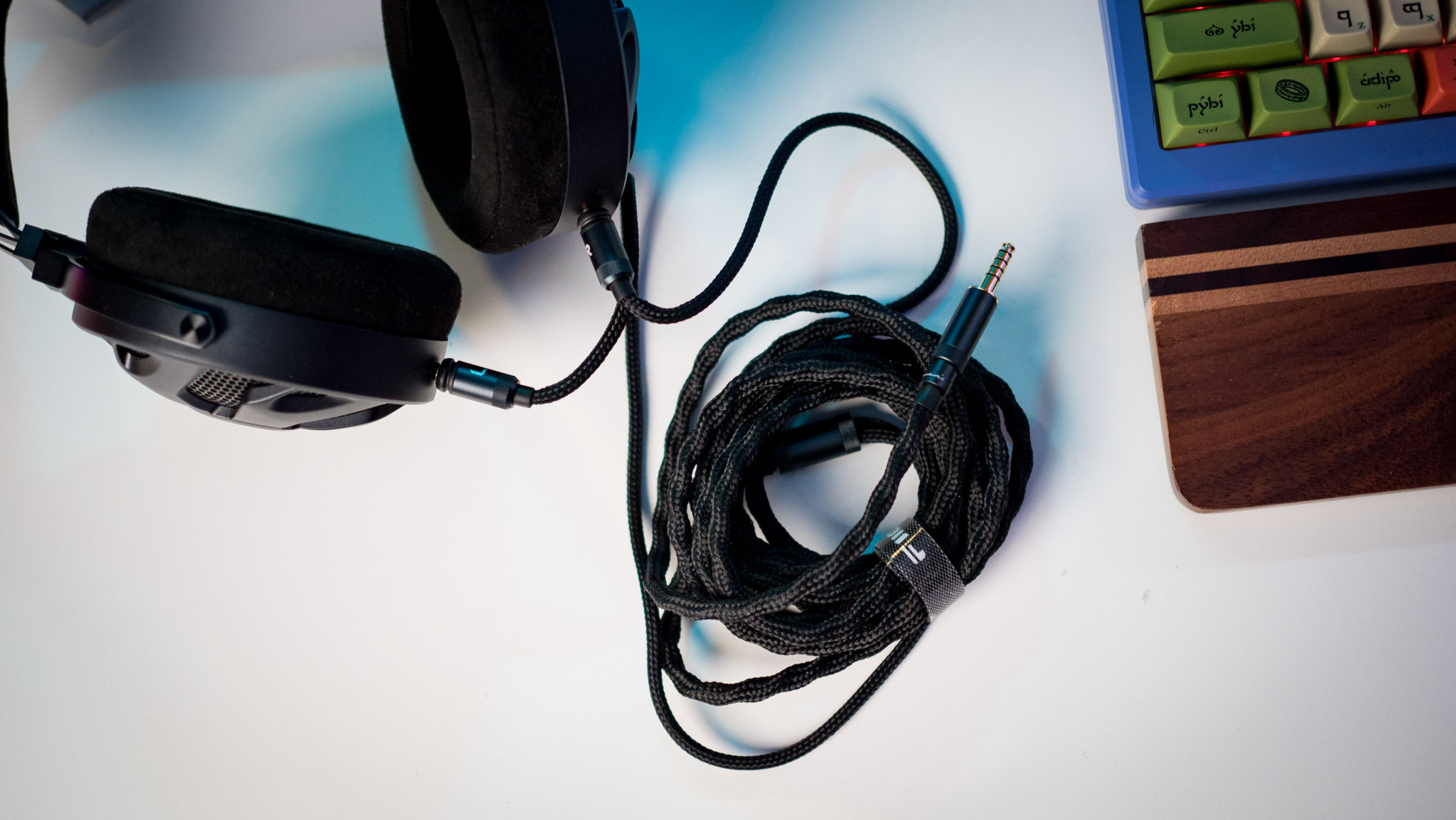

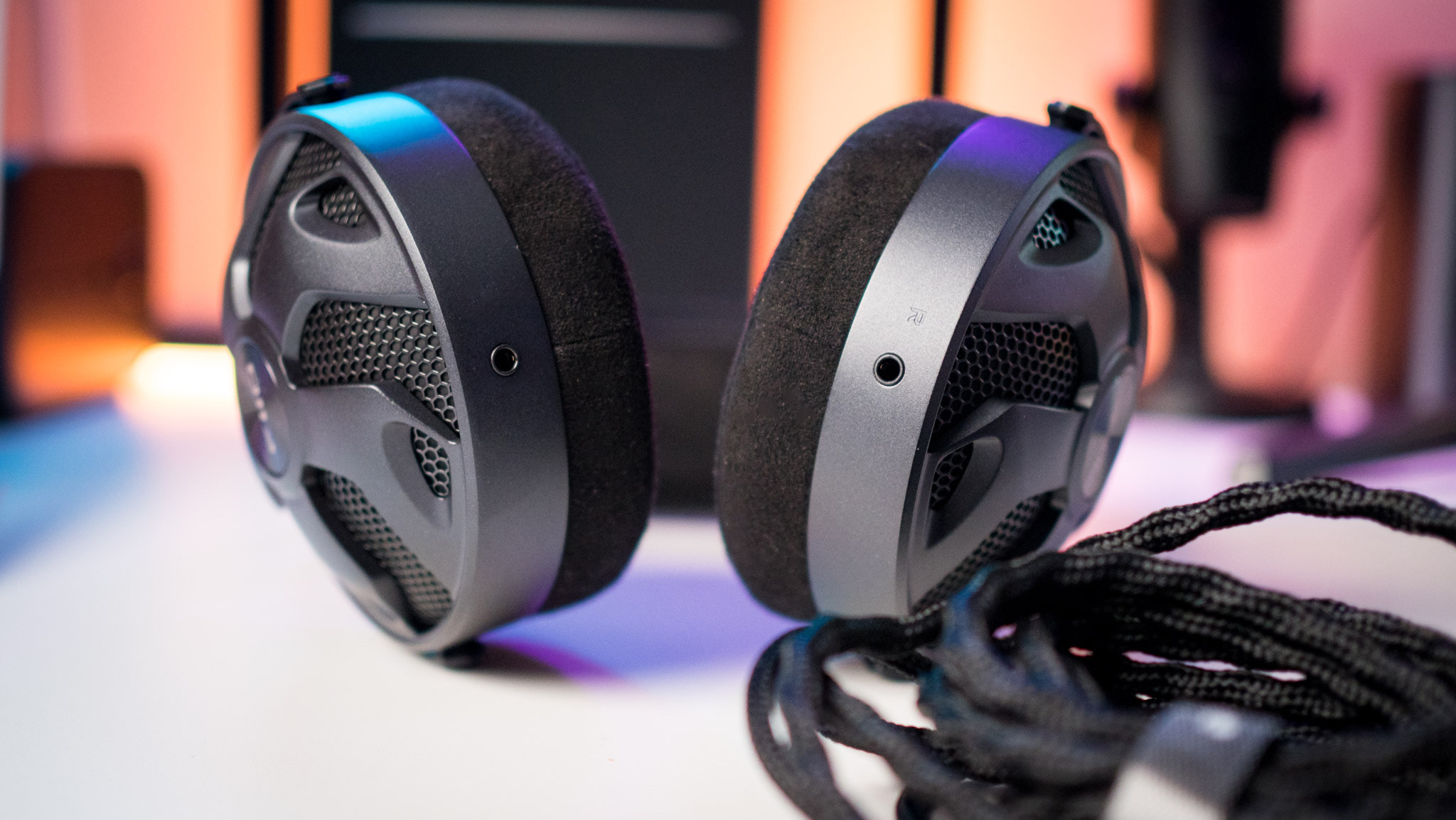
The cable connects to the FT3 via standard 3.5mm plugs, and the other side features an interchangeable connector that lets you use any jack of choice. Fiio bundles a single-ended 3.5mm plug along with a 6.35mm connector, and you get balanced 4.4mm jack (which I used as standard) along with an XLR connector! I like the idea of interchangeable plugs as it negates the need for several cables, and Fiio did a brilliant job in this area.
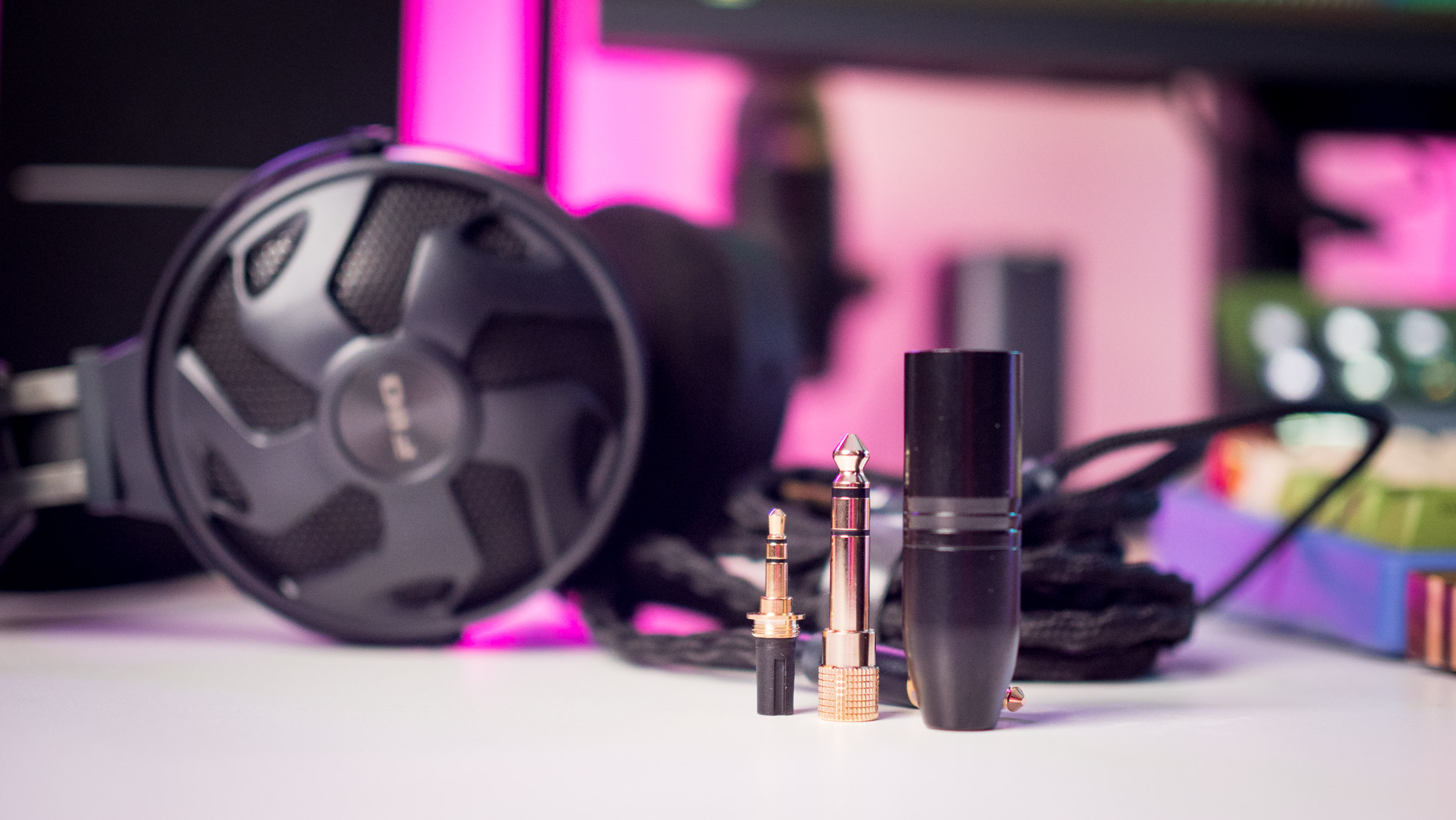
Having used the HD6XX for several months last year, I was interested in seeing how the FT3 hold up on the comfort front, and after extended use, I can confidently say that I like Fiio's option in this area. The FT3 is more comfortable in daily use, and a big part of that is down to the low clamping force. The padded headband also played a part in making sure the weight of the FT3 is distributed evenly, and this is among the most comfortable headsets in my collection, alongside the Meze 99 Classics.
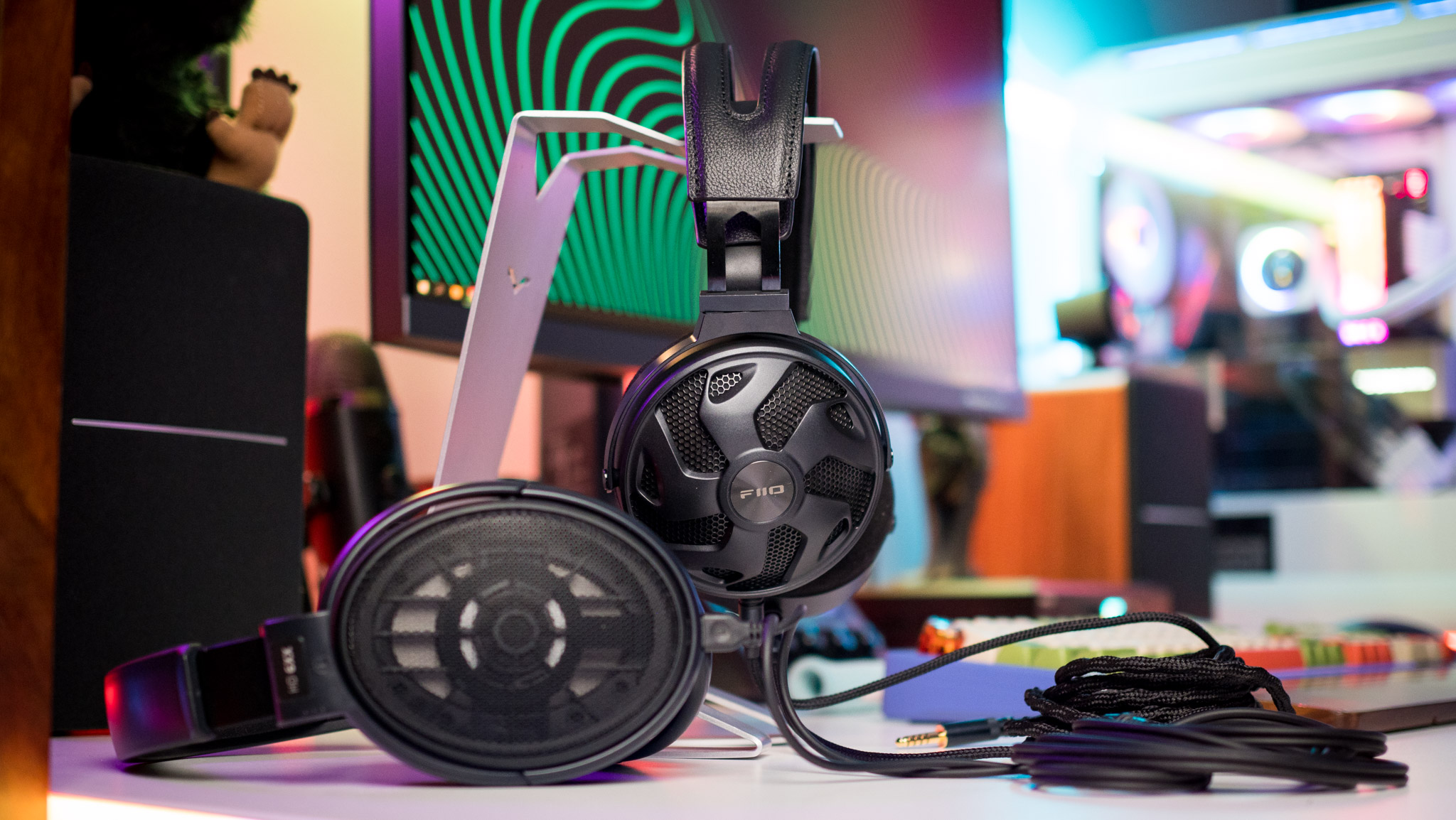
Fiio went with larger 60mm dynamic drivers here, and used a DLC coating and beryllium-plated gasket to reduce the weight and create less distortion. As for the sound, the FT3 has a terrific low-end that lends itself well to bass-focused tracks, with a pronounced sub-bass that's full of energy. The mid-bass is where things get particularly interesting, and you get a lot of rumble with excellent detail and vibrancy. These are on par with the HD6XX when it comes to an enjoyable low-end, and Fiio nailed the brief in this regard.
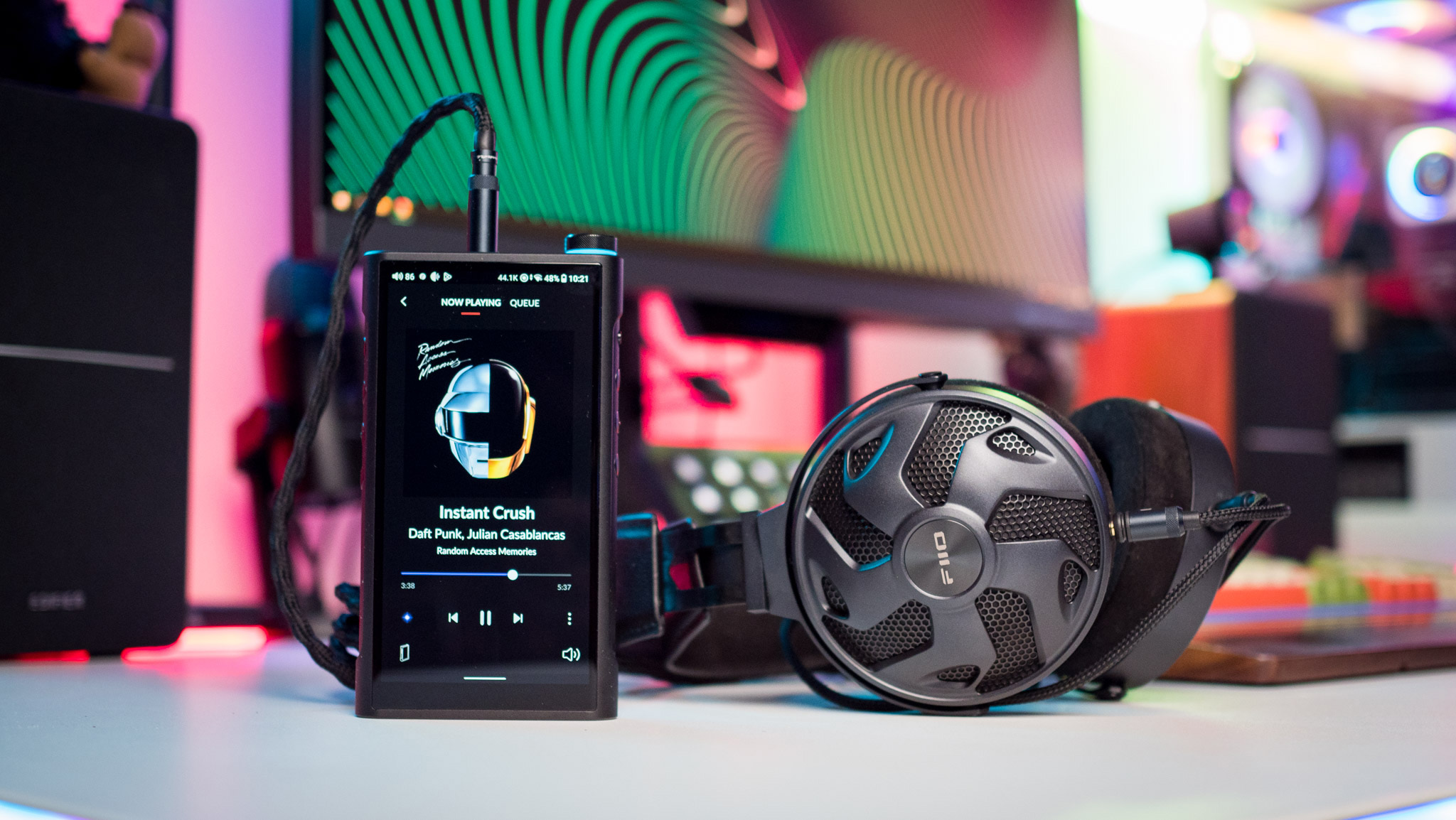
Vocals come through clearly and with plenty of character, and the mids are detailed, with excellent instrument separation and tonality. The FT3 has a good treble extension, and there's no sibilance to the sound. The overall timbre is excellent, and the FT3 is well-suited to diverse genres, with kick drums coming across just as clean as violins in an orchestral ensemble.
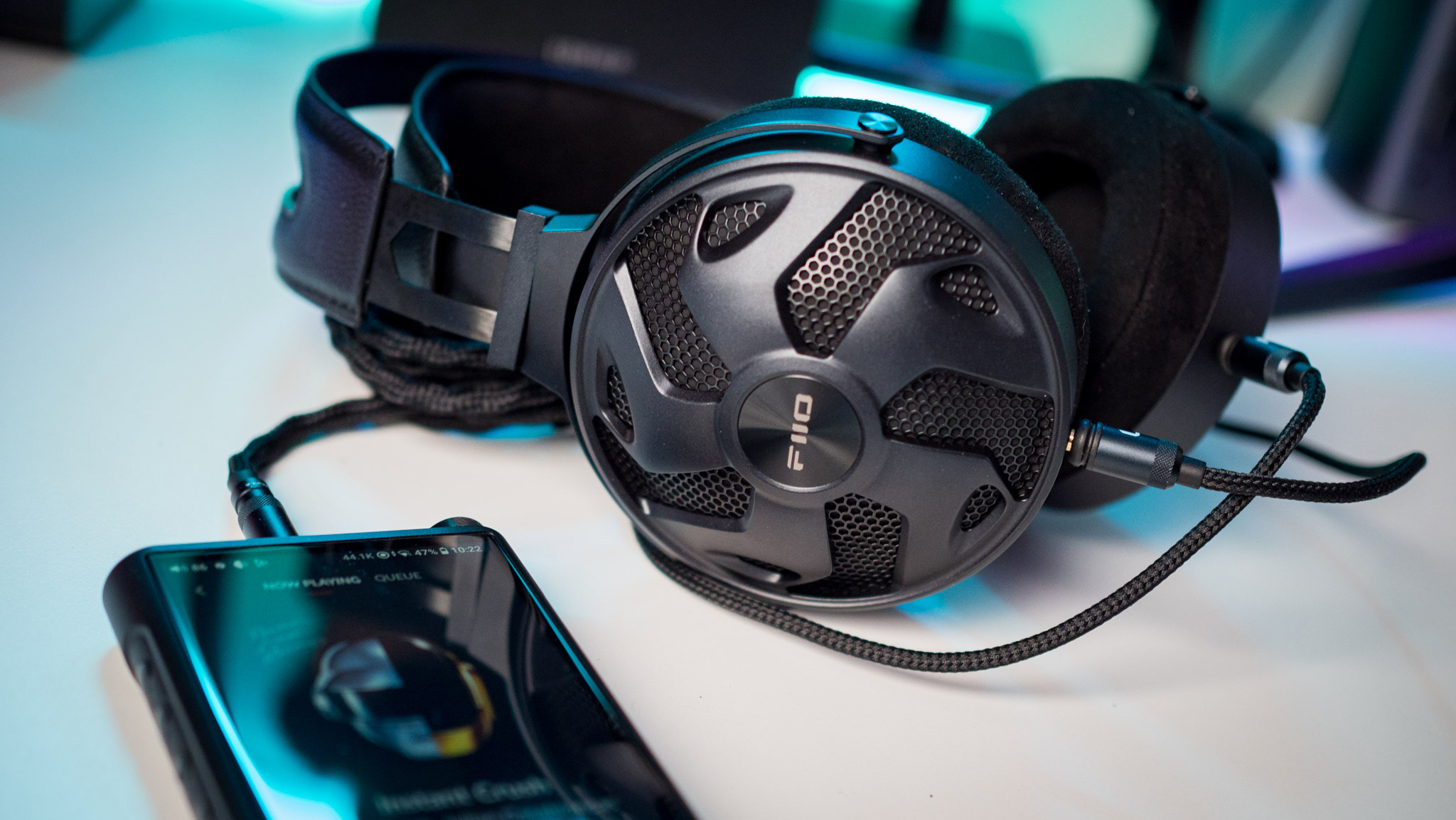
Imaging is where the FT3 truly comes into its own, and the larger drivers combined with the angled design and tuning produce a lively and realistic sound that's unmatched in this category. I mentioned earlier that I used the suede pads for most of the testing; I switched to the leather pads to see if there's a difference, and they made the FT3 sound overly warm and bright, so my recommendation would be to use the suede option as standard.
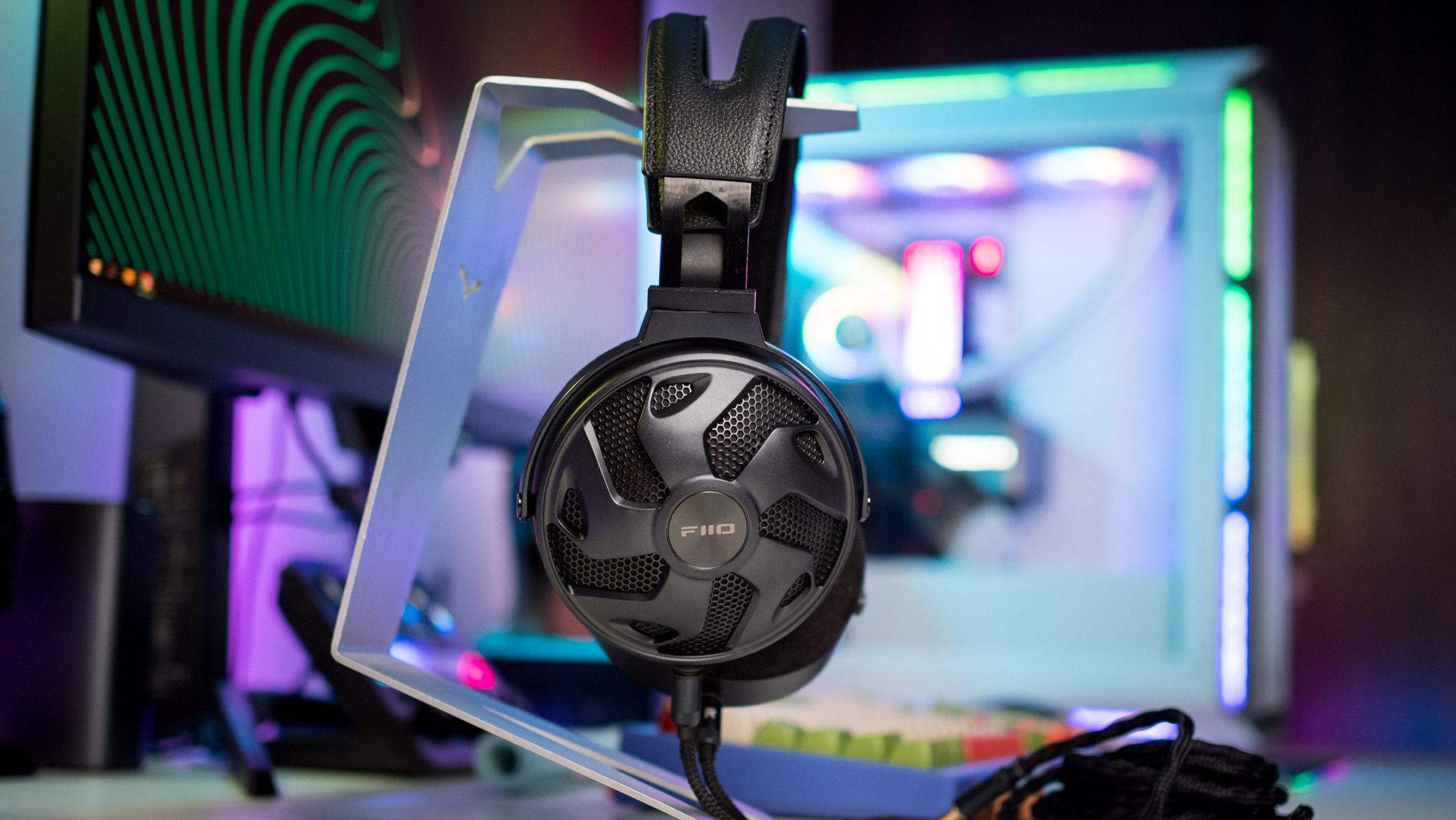
At 350Ω, the FT3 is power hungry, so if you're using a portable source, you will need to make sure it can deliver enough power. I used the K9 Pro for a bulk of the testing, and for portable use, I went with Fiio's latest M15S audio player (review coming soon). Any of Fiio's portable sources — like the BTR7 — should do the job, but you will need a beefier option like the M11S, Q7, or the K5 Pro to take full advantage of the FT3. On that note, the FT3 pairs incredibly well with the R7 network streamer.
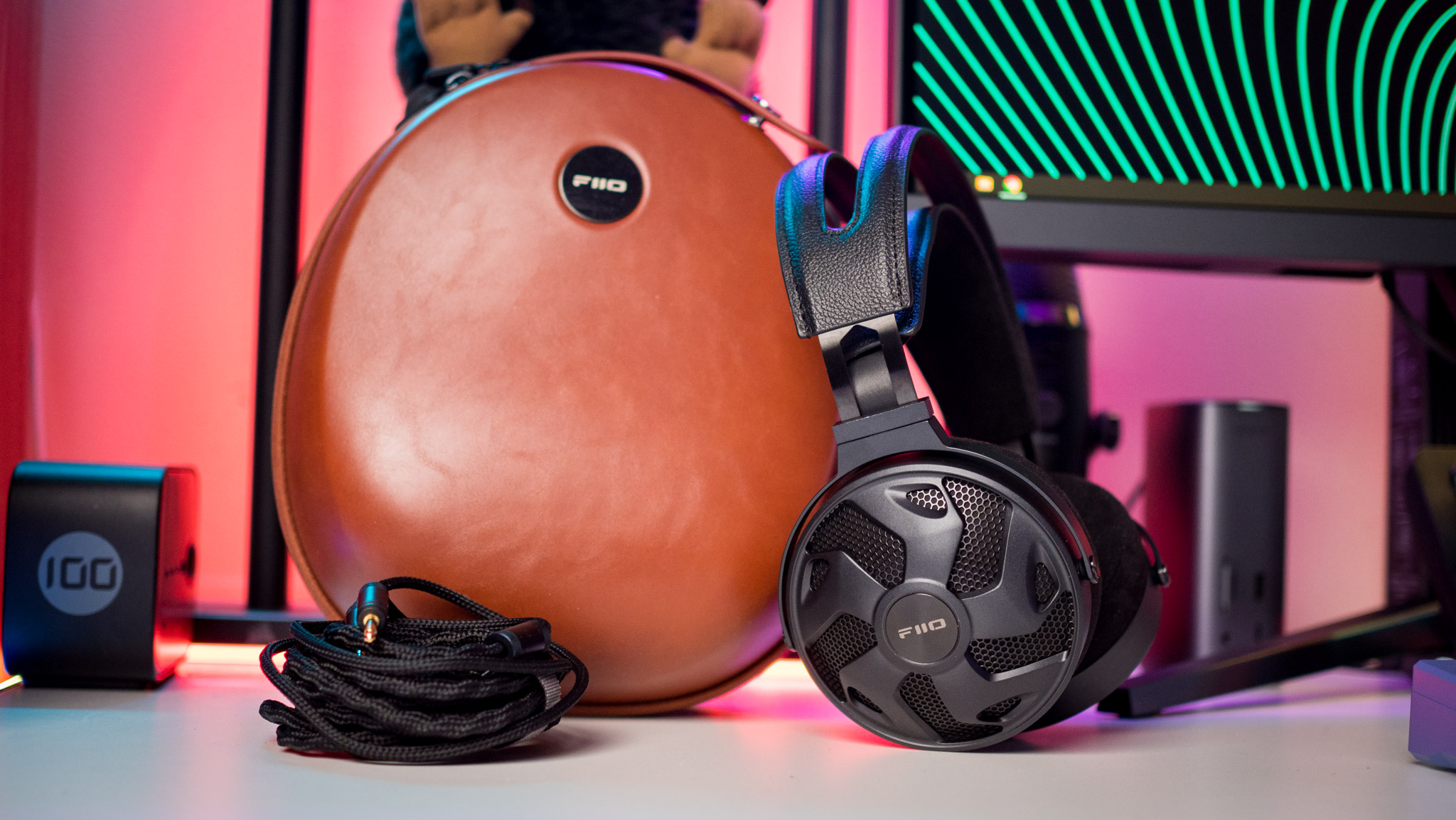
Overall, Fiio did an incredible job with the FT3. The design of the headset won't be to everyone's liking, but don't let that dissuade you — these are among the best-sounding headphones in this category, and they hold their own against the likes of the HD6XX. The sturdy design combined with the comfortable fit and the wide variety of accessories give the FT3 an edge, and I like the hard shell carry case quite a bit; I have headsets costing four times as much that don't have a case this good.
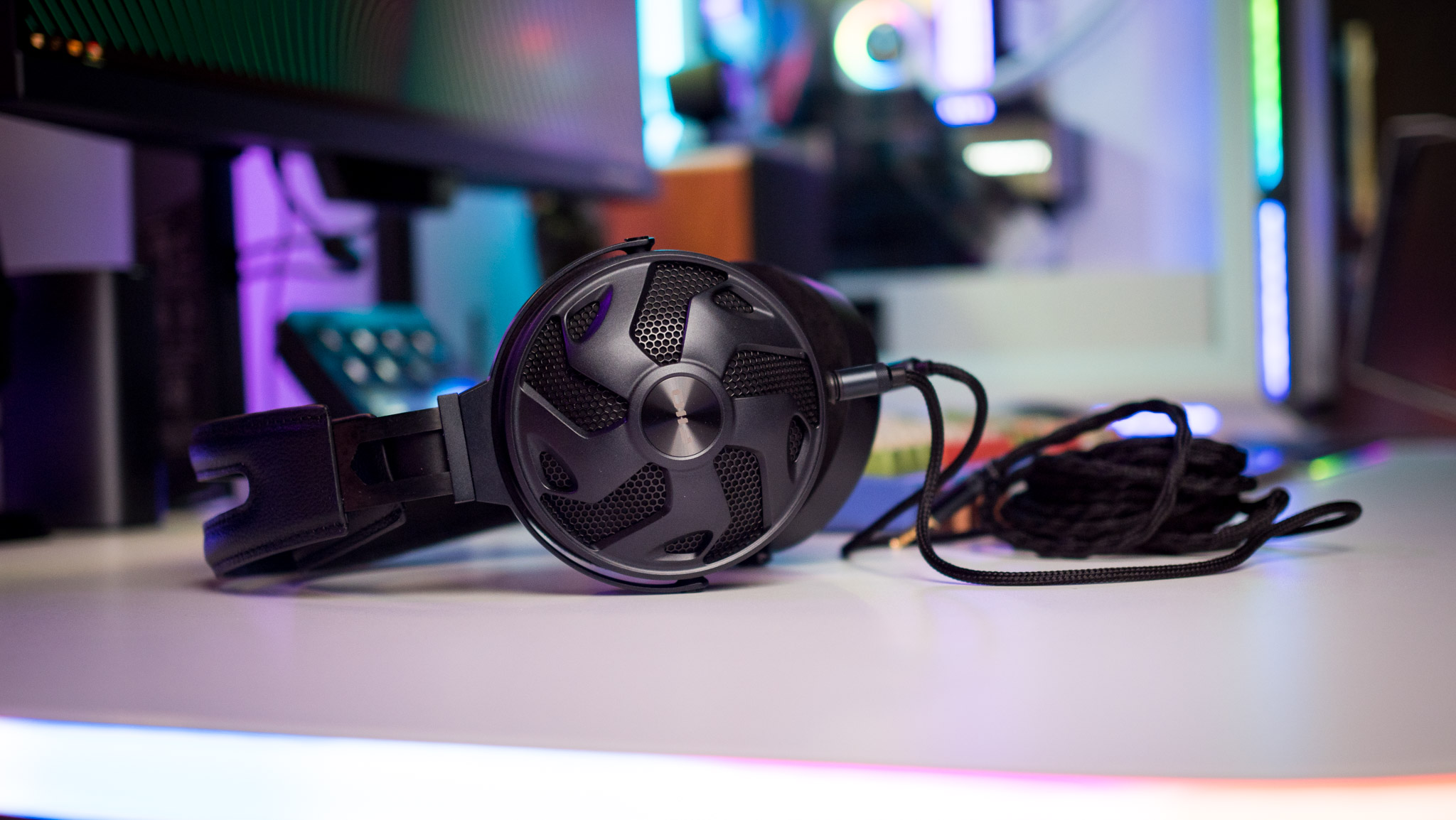
But what you're here for is the sound, and in that area, the FT3 does all the right things. There's excellent character to the bass, plenty of detail in the mids and treble, and the soundstage is the best of any $299 headset I've used to date. Fiio took its time in releasing the FT3, and now that it's available, I can honestly say that it was worth the wait.

Harish Jonnalagadda is Android Central's Senior Editor overseeing mobile coverage. In his current role, he leads the site's coverage of Chinese phone brands, networking products, and AV gear. He has been testing phones for over a decade, and has extensive experience in mobile hardware and the global semiconductor industry. Contact him on Twitter at @chunkynerd.
